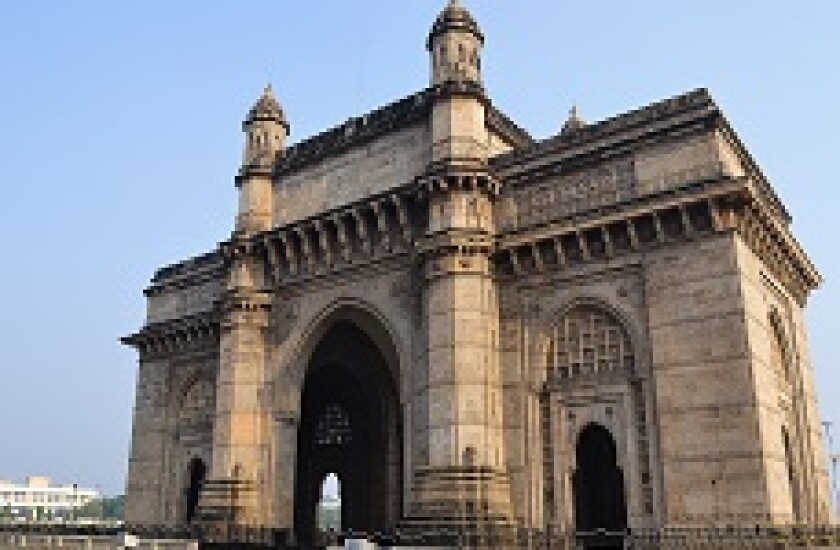No Indian bank has gone this far with a Basel III AT1 offering so far. IDBI Bank had the ambition to become the first mover and tested investor appetite with two non-deal roadshows — first in July 2014 and then March this year. Neither attempt led to an offering.
Now, it is SBI’s turn, which mandated banks for its AT1 at the end of last week and met with investors on Monday and Tuesday. And this time around, the market conditions are aligned for a successful outing.
For starters, SBI is in much better shape financially than IDBI. SBI has a tier one capital ratio of 10.82% as of June 2016, and a common equity tier one ratio of 10.71% — well above the Reserve Bank of India’s minimum regulatory requirement of 8% by the end of fiscal year 2019. This means it is less stressed than some of the other Indian banks.
Timing wise too, SBI is on the right track. US Treasuries are at some of the lowest levels, spreads are being compressed and investors are flush with liquidity and on the hunt for yield. In addition, they are seeking out riskier assets now more than at the start of the year in a bid to find decent returns — and bank capital ticks all those boxes.
But as SBI preps for its outing, it needs to take into account the landmark nature of its trade — if done well, it will open a new fundraising avenue for debt-stricken Indian lenders, and if done wrong, it can shut down the market before it begins.
Pricing is key. One of the reasons IDBI’s deal never came to fruition was the discrepancy between its objective and what investors were looking for. SBI should avoid falling into a similar trap and be realistic with its expectations.
Sure, some of the recent bank capital trades from Asia have caught the market’s attention because of tight pricing. For instance, DBS Bank’s maiden dollar-denominated AT1 gathered $6.5bn worth of bids, which enabled the Singaporean bank to achieve the tightest pricing for a Basel III dollar AT1 globally.
South Korean and Chinese banks are also known for sealing tight deals on the back of strong investor demand. But SBI is different. The high yield nature of its planned notes (—/B+/B1) makes it difficult to use existing benchmarks set by peers across Asia.
DBS is rated Aa2 by Moody’s and AA- by Fitch, while its notes were assigned A3 and BBB, respectively. SBI, which is the largest commercial Indian bank — be it by assets, deposits, profits, or number of branches, customers and employees — has its ratings capped by that of the sovereign’s, Baa3/BBB-/BBB-.
Of course, there is the argument made by bankers working on SBI’s offering that ratings only matter so much. As SBI is state backed, investors take comfort from the fact that the Indian government will likely step in if the bank’s repayment situation gets tricky.
Nevertheless, a generous premium will ensure the market gets off on a strong foot — especially as the majority of Indian banks are under-capitalised. A total of $90bn in new capital is needed by the end of fiscal 2019 if banks in the country want to meet Basel III standards. Around half of that amount needs to be raised through AT1 instruments, with the offshore market a viable option given the lack of depth domestically.
Now presents one of the best opportunities for SBI to print its deal. But the issuer and its bankers need to stay disciplined if Indian AT1s are to become a reality.

